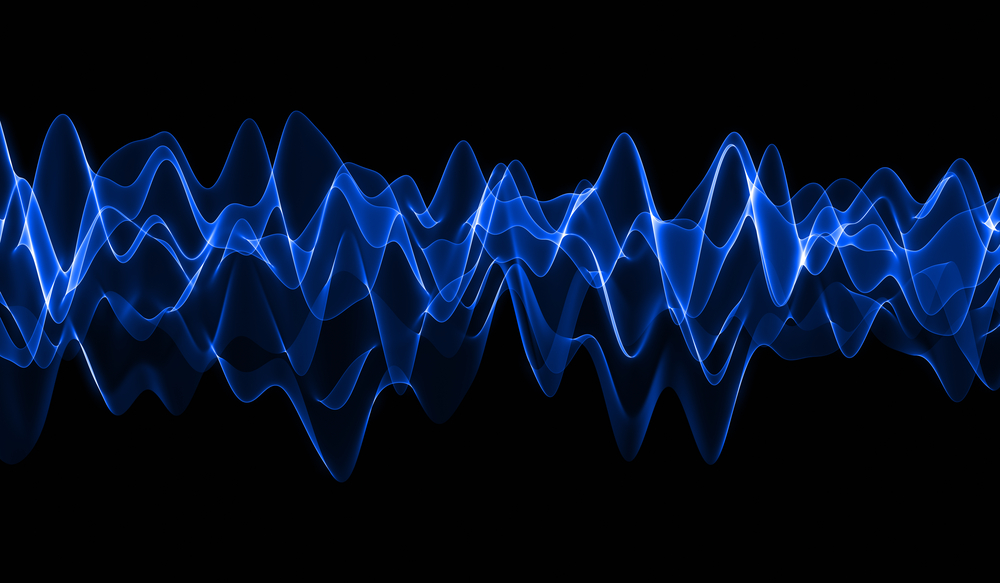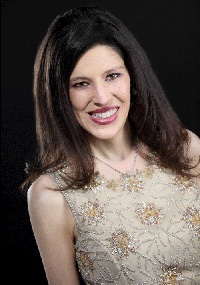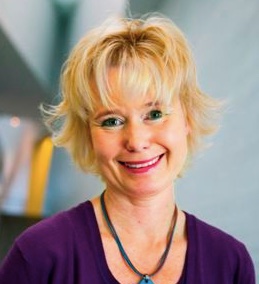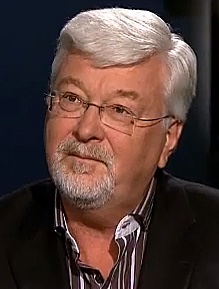Study of Alzheimer’s Patients Finds Low Frequency Sound Stimulation Improves Cognition

Results of a new study published in the Journal of Alzheimer’s Disease by a team of researchers at the University of Toronto, Wilfrid Laurier University in Waterloo, Ontario, and the Baycrest Centre in Toronto, Canada, reports the investigators’ assessment of the effect of stimulating the somatosensory systems of Alzheimer’s disease (AD) patients with 40Hz sound (think sub-woofer bass) at three stages of their illness’s degenerative progression.
The report, “Rhythmic Sensory Stimulation in Alzheimer’s Short-Term Effects of Disease: An Exploratory Pilot Study,“ was co-authored by Amy Clements-Cortes, Heidi Ahonen, Michael Evans, Morris Freedman, and Lee Bartel.
 Study coordinator and research team member Amy Clements-Cortes is a registered psychotherapist with the College of Registered Psychotherapists of Ontario (CRPO), an assistant professor in the University of Toronto Faculty of Music (LTA), a music therapy instructor and graduate supervisor at Wilfrid Laurier University, and senior music therapist/practice advisor at Toronto’s Baycrest Centre.
Study coordinator and research team member Amy Clements-Cortes is a registered psychotherapist with the College of Registered Psychotherapists of Ontario (CRPO), an assistant professor in the University of Toronto Faculty of Music (LTA), a music therapy instructor and graduate supervisor at Wilfrid Laurier University, and senior music therapist/practice advisor at Toronto’s Baycrest Centre.
Her business, Notes By Amy, is dedicated to providing professional services to people to enhance well-being, personal growth, and development — a mission that embraces the fields of music therapy, music education, and health and wellness.
The Rhythmic Sensory Stimulation and Alzheimer’s disease project is led by the University of Toronto Music and Health Research Collaboratory (MaHRC) in collaboration with the Baycrest Centre and the Conrad Institute for Music Therapy Research at Wilfrid Laurier University.
 Principal investigator is Dr. Morris Freedman, head of neurology and medical director of the Ross Memory Clinic at Baycrest, and a professor in the University of Toronto Department of Medicine.
Principal investigator is Dr. Morris Freedman, head of neurology and medical director of the Ross Memory Clinic at Baycrest, and a professor in the University of Toronto Department of Medicine.
 Principal co-investigator Heidi Ahonen, Ph.D., a Wilfrid Laurier University professor of music therapy and director of the Manfred and Penny Conrad Institute for Music Therapy
Principal co-investigator Heidi Ahonen, Ph.D., a Wilfrid Laurier University professor of music therapy and director of the Manfred and Penny Conrad Institute for Music Therapy
Research (CIMTR); an accredited music therapist by the Canadian Music Therapy Association, who is a member of the Group Analytic Society in London, England; the American Group Psychotherapy Association (AGPA); the Canadian Group Psychotherapy Association (CGPA); and the International Association of Group Psychotherapy (IAGP). She is a member of the Music Medicine Collaboration Low Frequency Sound Research web forum that connects researchers and clinicians who are researching therapeutic use and effects of low frequencies.
 Principal co-investigator Lee Bartel, Ph.D., is associate dean of research and acting director of MaHRC, a professor of music education and music and health, and a member of the Collaborative Program in Neuroscience who has taught a graduate course on Music and Brain.
Principal co-investigator Lee Bartel, Ph.D., is associate dean of research and acting director of MaHRC, a professor of music education and music and health, and a member of the Collaborative Program in Neuroscience who has taught a graduate course on Music and Brain.
Clements-Cortes says the specific aim of the research, which has received research ethics board approval, was to perform a pilot study evaluating the effects of 40 Hz Rhythmic Sensory Stimulation (RSS) in Alzheimer’s disease (AD) with the intent of informing the parameters of a larger proof-of-concept study followed by a clinical trial.
The purpose of this exploratory study was to test 40-Hz sensory stimulation as a means of improving alertness, clarity, and short-term memory in Alzheimer’s patients.
In this A-B crossover study model, 18 participants (six mild, six moderate, six severe Alzheimer’s patients) participated in 13 sessions — one intake and 12 involving one or another of two treatments. Treatment A consisted of 40Hz sound stimulation, while Treatment B consisted of visual stimulation using DVDs, each provided twice a week over six weeks for a total of six times per treatment. Each participant received six sessions of visual stimulation and six sessions of 40Hz treatment.
Subjects were randomized into one of two groups within the crossover study design. Group one received six sessions of visual stimulation followed by six sessions of 40 Hz treatment, while group two received six sessions of 40 Hz treatment followed by six sessions of visual stimulation, with a “wash-out period” of a minimum of two days between the category crossover.
Outcome evaluations were done using the St. Louis University Mental Status Test (SLUMS), the Observed Emotion Rating Scale, and behavioral observation by the researchers.
Data from the tests were submitted to regression analysis for the series of six SLUMS scores in treatment A and six scores in B with comparison by group. The researchers determined that the 40Hz frequency sound treatment appeared to have the strongest impact on people with mild and moderate Alzheimer’s disease, reporting that slopes for the full sample and subgroups in the 40Hz treatment were all significant beyond alpha=0.05, while those for the DVD treatment were not, and that a thematic analysis of qualitative observations supported the statistical findings.
The investigators conclude that results are promising in terms of sound stimulation being a potential new treatment for persons with Alzheimer’s, although they say further research is needed.
From 4:30 to 7 p.m. on May 3, the Faculty of Music at the University of Toronto will host a free event — Sounds of Science: Music, Technology, Medicine — demonstrating how music helps heal certain medical conditions. The performance at the University’s MacMillan Theatre will showcase the science behind the music with the latest discoveries in music medicine, technology, therapy, and clinical applications of the healing power of music.
Prof. Lee Bartel will show how musical vibrations can help return damaged brains to normal function. “Our research shows that the rhythmic part of music stimulates the brain in ways that contribute to powerful healing results,” Bartel said. “Through music we have seen improvements in Alzheimer’s and in fibromyalgia, where patients have decreased pain in as early as three weeks.”
“Sounds of Science: Music, Technology, Medicine” happens live from 4:30 to 5:30 p.m. (explore science fair demonstrations in lobby); and 5:30 to 7 p.m. as a main-stage performance. Tickets are free, but people should register online here.







